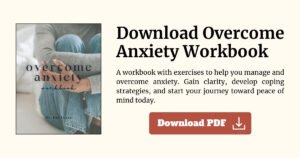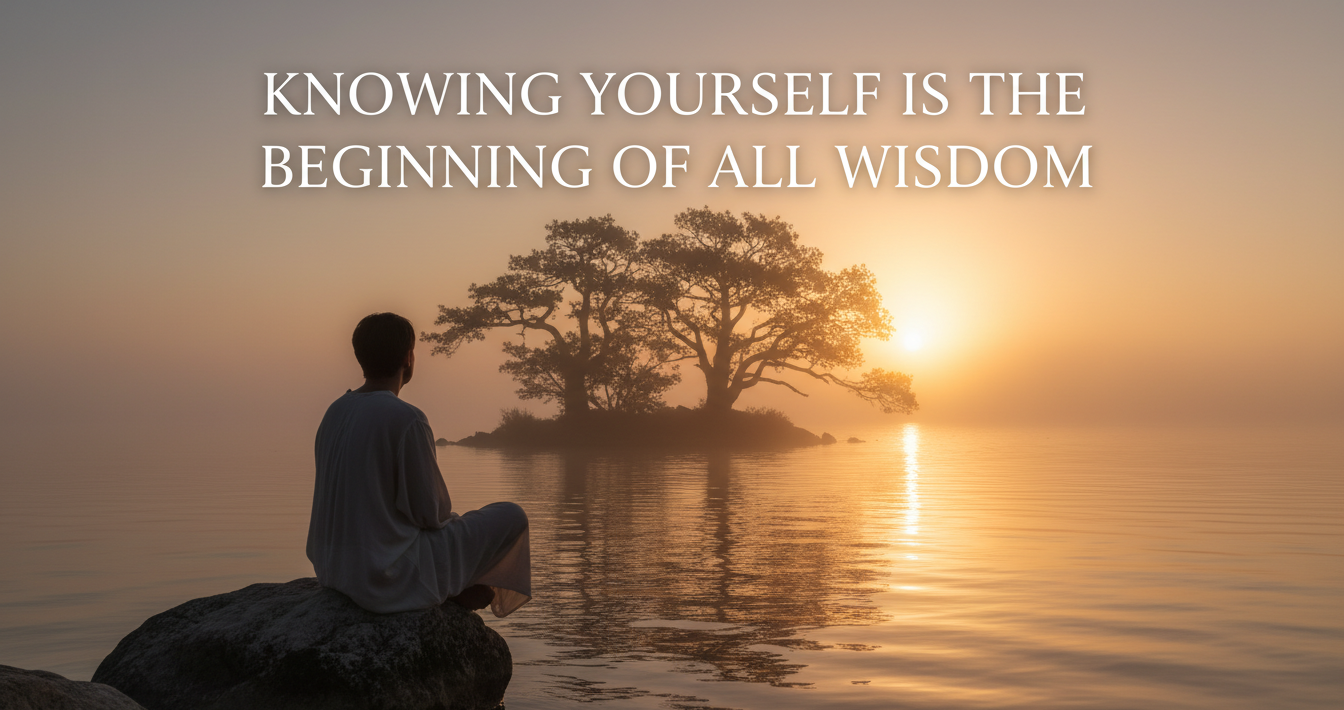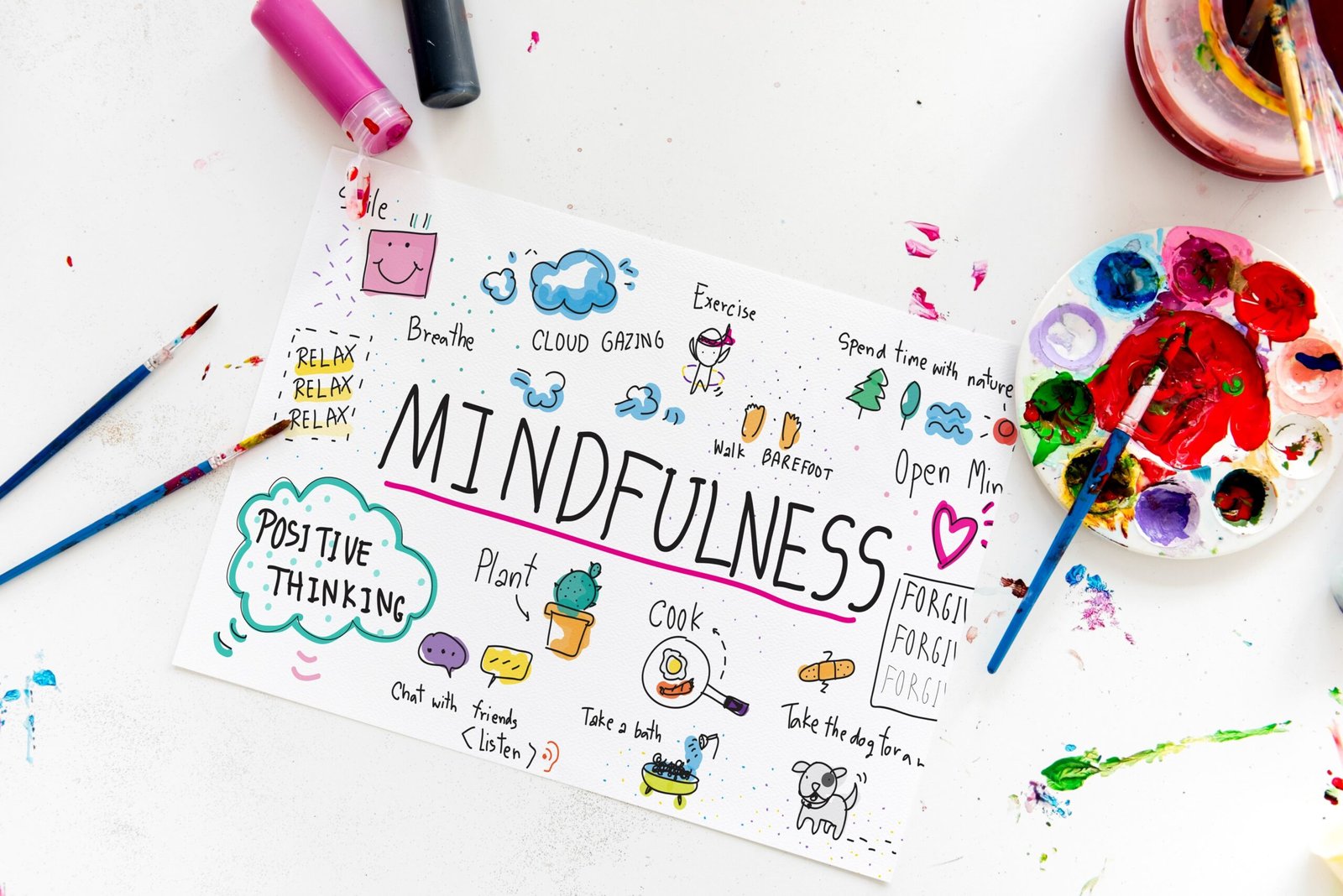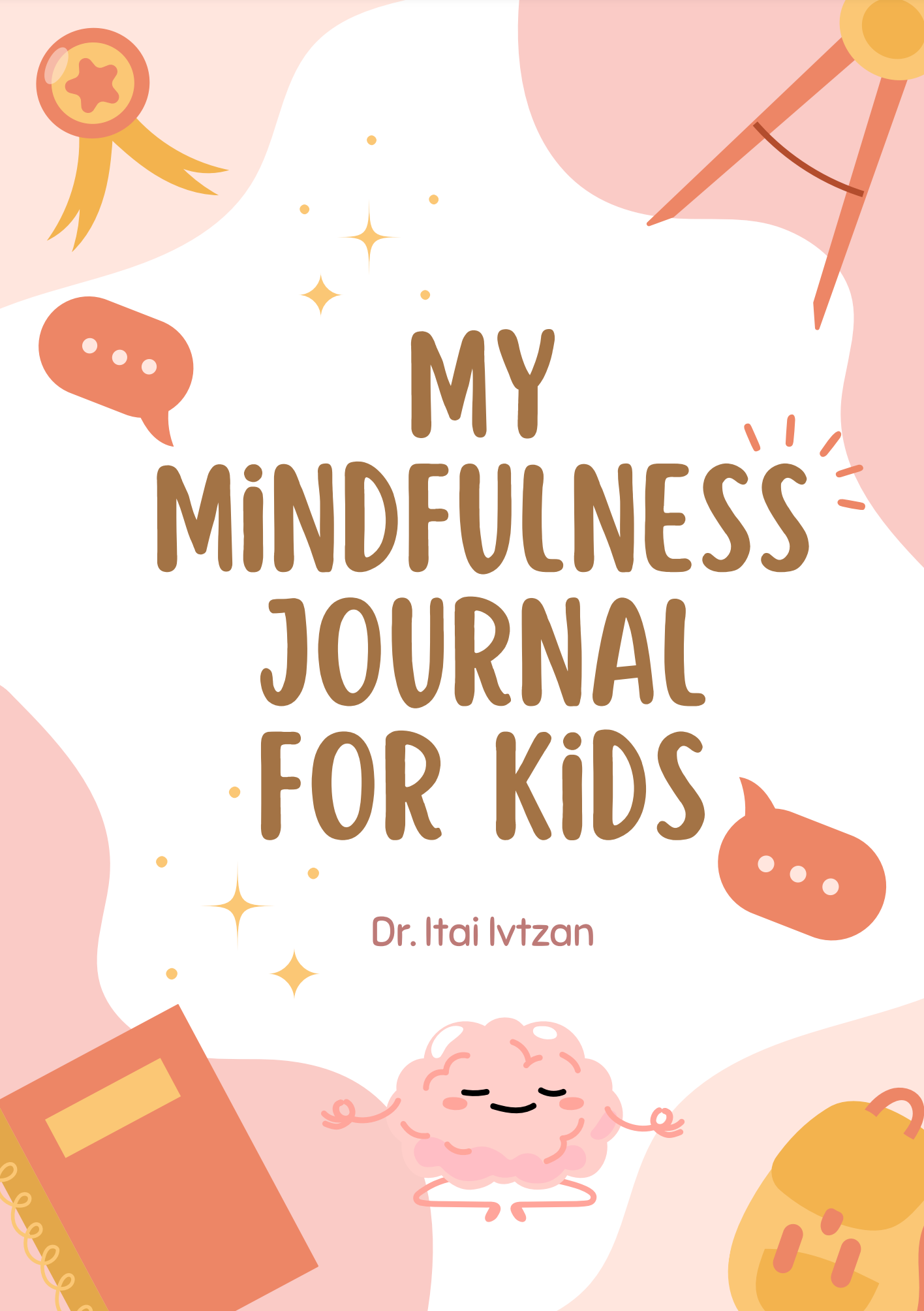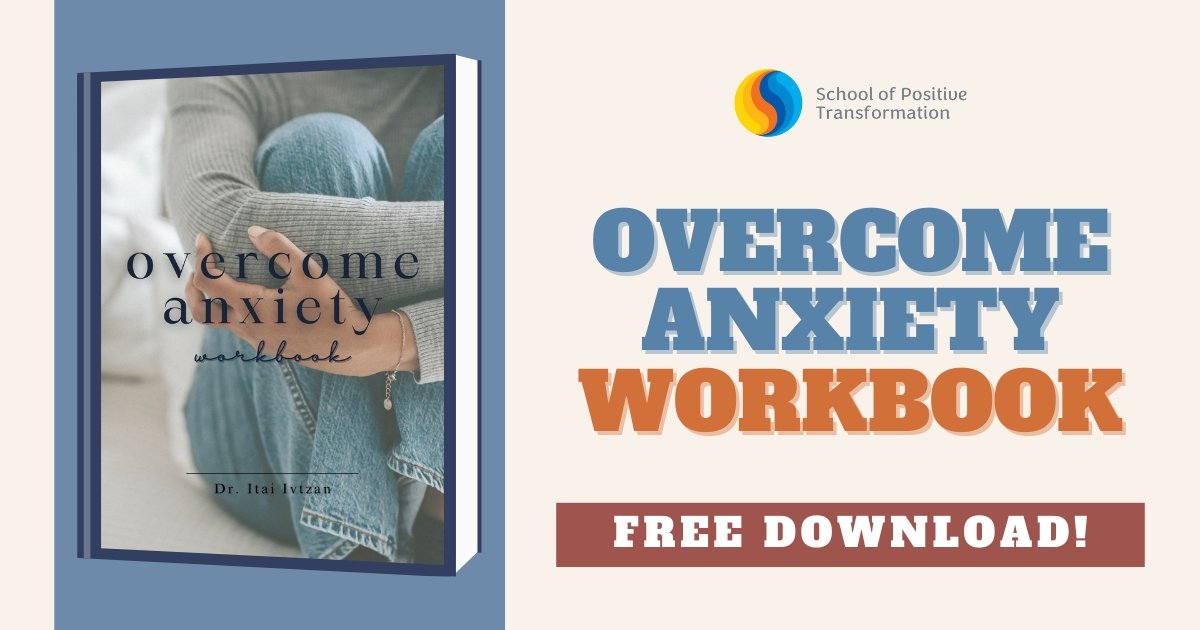Accredited Mindfulness Training – Breathe and Be Present
 In my meditation teacher training course, I learned how mindfulness, meditation, and mindfulness meditation are three different concepts of calming the mind. For those with depression, we excessively ponder on the past; they agonize about the future for those with anxiety. Meditation offers the tools to help individuals escape these self-destructive mental loops and disengage yourself from patterns of thought that plague your everyday thoughts and experience.
In my meditation teacher training course, I learned how mindfulness, meditation, and mindfulness meditation are three different concepts of calming the mind. For those with depression, we excessively ponder on the past; they agonize about the future for those with anxiety. Meditation offers the tools to help individuals escape these self-destructive mental loops and disengage yourself from patterns of thought that plague your everyday thoughts and experience.
If depression is the incapability to cope with events in the past, and anxiety is the inability to handle the future, it stands to reason that concentrating your energy towards the present can pacify the entropy of the mind. But when we do not consciously occupy ourselves with presence, our minds are surpassed by the persistent stream of news, advertisements, and social media.
Going for that meditation certificationprogram has made me realize that we are likely to take for granted that our presence is perpetually under attack from the attention economy. A simple thought experiment: If I gave you $100 to spend for the rest of your life and that this stipend would be the only allowance you would ever receive, how would you spend it?
Likely with caution and a heightened degree of awareness. And yet, we do not have the same attitude towards attention. Attention is a finite resource — the upper bound for an individual’s attention is 24 hours in any given day. Spread out over a lifetime, the moments stolen by Instagram feeds and Twitter streams are moments we will never get back.
In this article:
How do we reclaim our presence?
Mindfulness
Meditation
Mindfulness Meditation
Before you continue you might like to consider our free worksheet on exploring “Overcome Anxiety”. Please download this worksheet here.
How do we reclaim our presence?
Technological evolution outpaces biological evolution by leaps and bounds, which leaves our species contending modern-day societal forces with adaptations inherited in a prehistoric era. Man errs on the side of reactiveness because nature selected those that perceived danger the fastest. It took me some time, but it felt relieving to recognize this thought and behavior pattern from our meditation certification course. A media assault has replaced the threat of predators, but the reactiveness that was programmed into our brains has remained constant. That media assault is augmented by familial responsibilities, social obligations, and professional demands, forcing us into a perpetual state of motion. When we become mindless slaves to the ebb and flow of life, we are running on autopilot. We embrace the notion of busyness as a badge of honor because it validates our importance — the irony that we hate being busy goes unnoticed. Time is absorbed into the background, and the impermanence of human existence is forgotten. There is no room between thoughts nor actions, nor moments.
 Mindfulness
Mindfulness
Mindfulness is the specific antidote to our 21st century woes. The Mindful Nation UK Report defines mindfulness as paying attention to what’s happening in the present moment in the body, mind and surroundings, with an attitude of curiosity and kindness/appreciation.
It is a foundational primitive of self-awareness, emotional intelligence, and motivation. Mindfulness involves focusing your attention on the entire sensory experience. Recall the last thing that you ate. Do you remember how it looked? Felt? Smelled? Taste?
When applied to eating food, it creates a dining experience that immerses us in the present. In my limited practice, mindfulness has transformed the way I eat, socialize, and exercise.
Meditation
Meditation refers to a set of methods that nourish mental clarity, a core ingredient for mindfulness. It anchors on what is with us from the moment we are born to the moment we die — our breath. This is the plainest and most straightforward form of meditation that I learned from our meditation teacher training. I genuinely love and almost practice every day. When done right, it will strengthen your ability to direct your attention, as well as enhance the quality of your attention. But taming the machinery of the mind is easier said than done. A simple exercise can demonstrate the cycle:
- With your body in a posture that promotes relaxation and alertness, bring your attention to the breath.
- At some point, you will become distracted by an unrelated thought(s).
- You will realize that you became distracted.
- You reorient your attention back to the breath, and the cycle repeats.
Mindfulness Meditation
When unchecked, the meandering mind tends to fuse our cognitive momentum with our unending stream of consciousness. Meditation trains us to step outside that stream and to engage those thoughts with kindness and curiosity. This emphasis on curious engagement cannot be overstated.
Our meditation teacher training program has taught that more profound things lie between “I am sad” and “I am experiencing sadness.” Learning to separate oneself from emotion is one of the most powerful skills of the steady mind. This is a critical step to transform reactiveness to patience & calmness.
Meditation has emerged into the public consciousness in the last couple of decades, and research into their effectiveness for mental health disorders has proliferated. A 2016 review & meta-analysis of studies on mindfulness-based cognitive therapy (MBCT) validated previous studies that found MBCT to be more effective than cognitive therapy or standard psychiatric medication to prevent a depressive relapse.
But more fundamentally, mindfulness meditation is the practice of quieting the mind. For those with depression, we excessively ruminate on the past; they agonize about the future for those with anxiety. Meditation offers the tools to escape these self-destructive mental loops and detach yourself from patterns of thought that plague your everyday existence.
For years, I was a prisoner of my thoughts, seemingly powerless to the cruel circumstances that life had bestowed upon me. My mind was caught in a proverbial hamster wheel that kept reaching the same conclusion: that my personhood had no worth and that for some unknown reason, I was not enough.
But there is a significant distinction between being caught in the hamster wheel and observing the hamster wheel. When you follow an experience through the dispassionate lens of curiosity, your victimhood melts away. You learn how to disassociate yourself from the pain & grief and take control of the whims of emotion. This is how you free the mind.
I am reminded of David Foster Wallace’s 2005 Kenyon College commencement speech, where he expounded on how “it is challenging to stay alert and attentive, instead of getting hypnotized by the constant monologue inside your head.” He goes onto asking the audience:
“… think of the old cliché about ‘the mind being an excellent servant but a terrible master.’ This, like many clichés, so lame and unexciting on the surface, actually expresses a great and terrible truth. It is not the least bit coincidental that adults who commit suicide with firearms almost always shoot themselves in the head. They shoot the terrible master.”
It doesn’t have to be this way. The power to overcome this terrible master exists within all of us — it is upon us to develop it.
The meditation certification program opened a new path for my career and a new perspective about myself, thoughts, and well-being. Would you like to discover yours?
Embark on your own journey of mindfulness and meditation to discover a calmer, more focused version of yourself. Download our free worksheet today and start exploring how these practices can transform your life!


